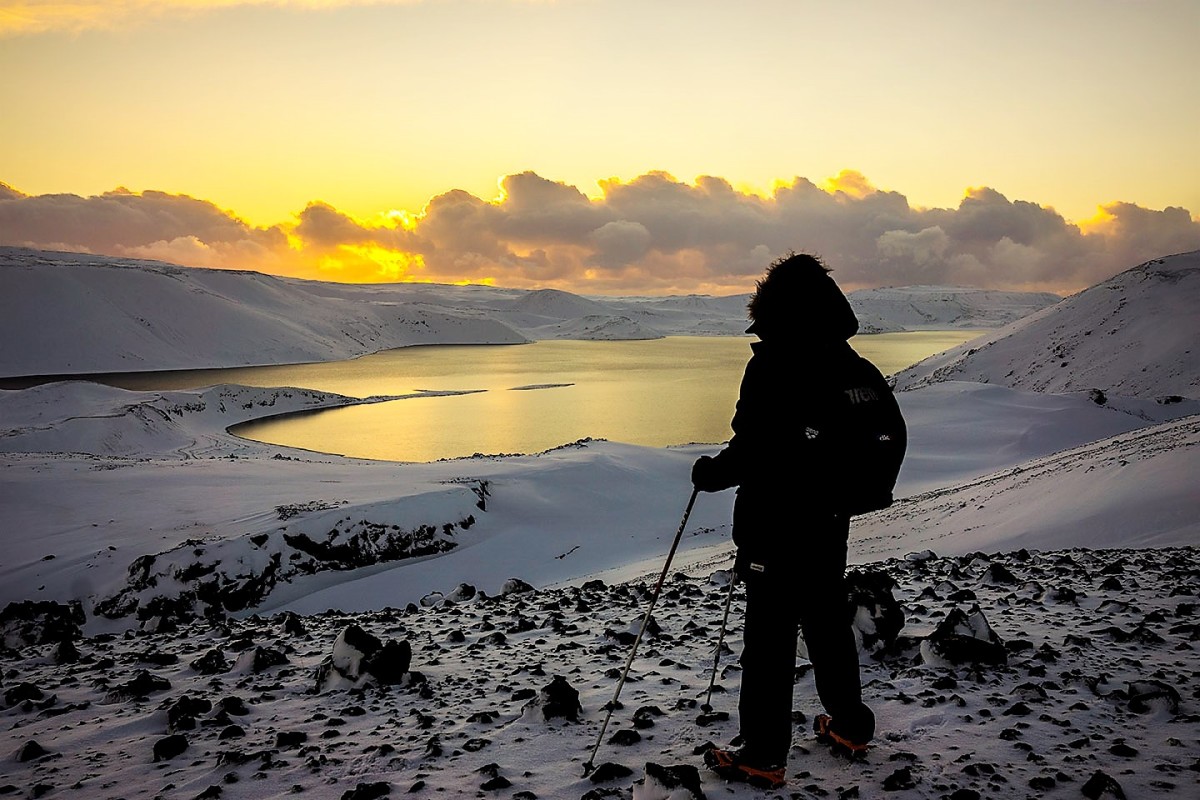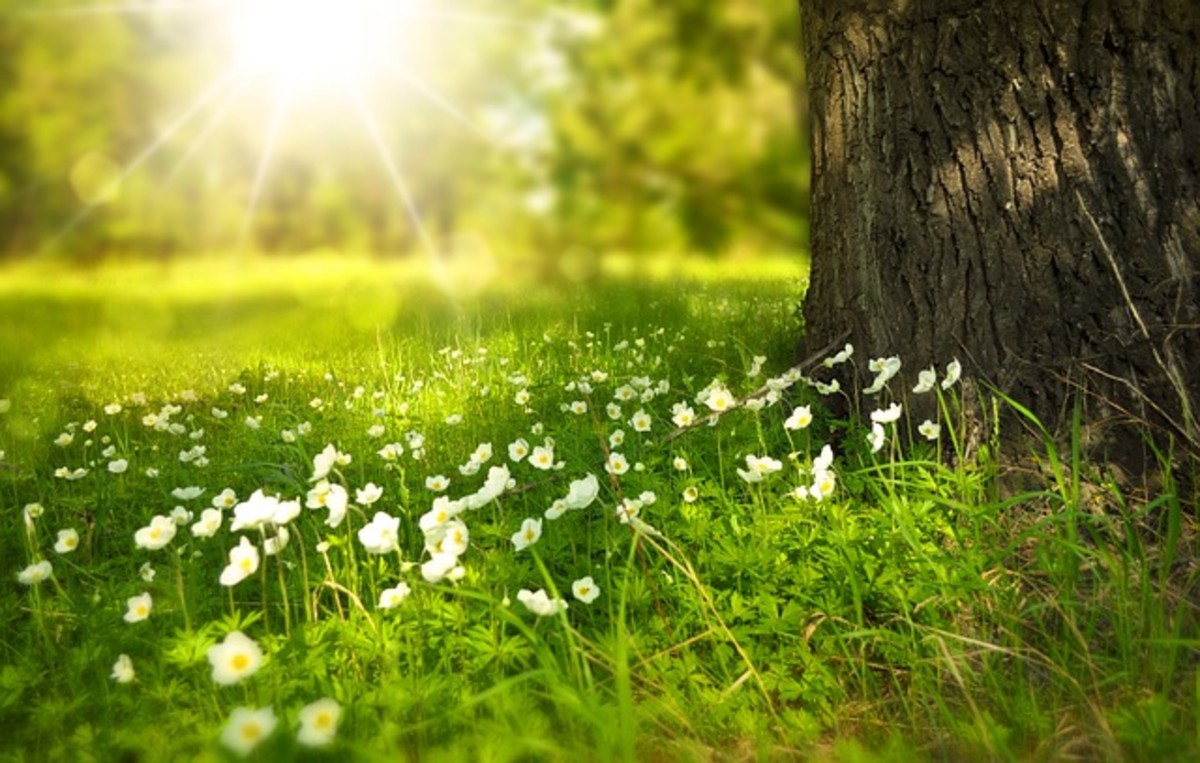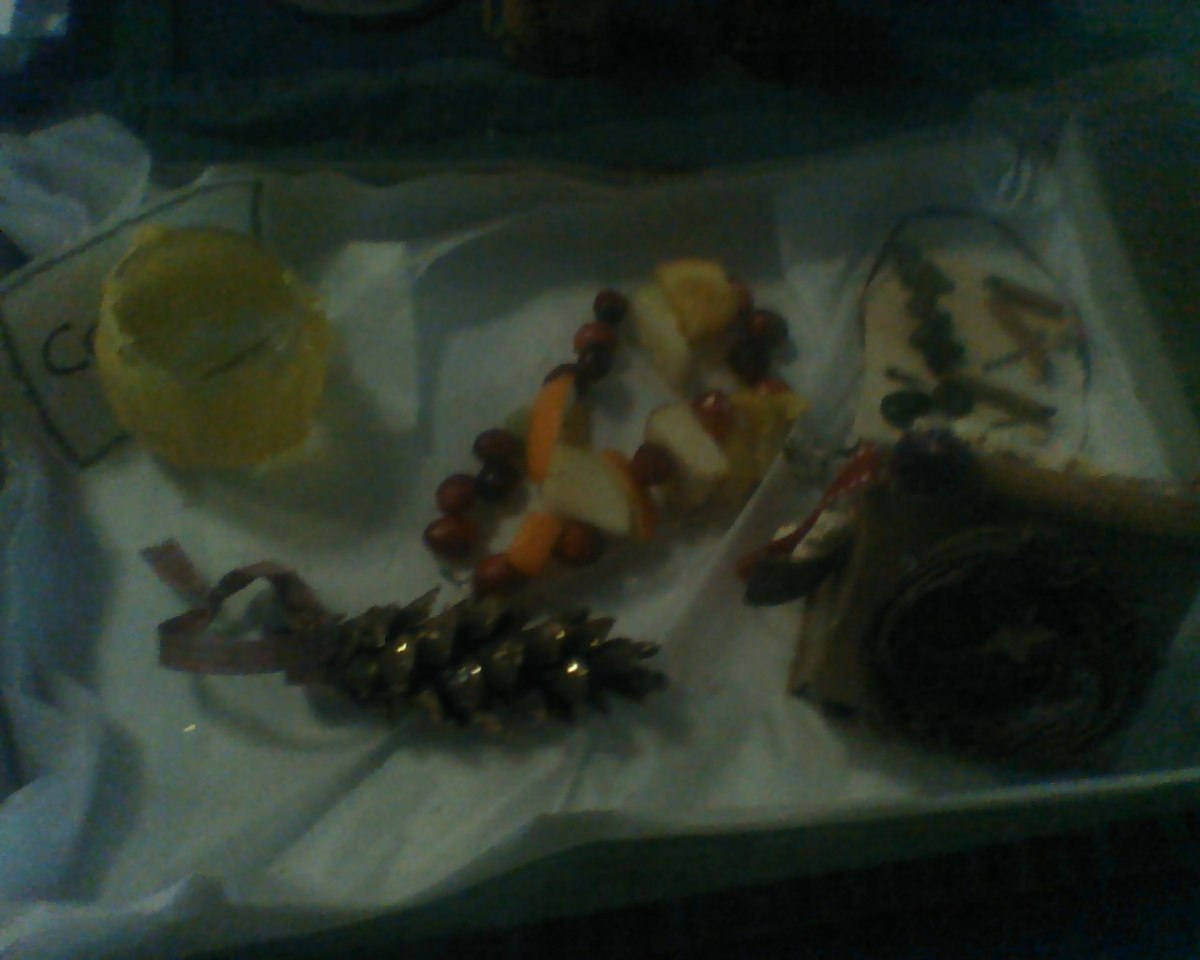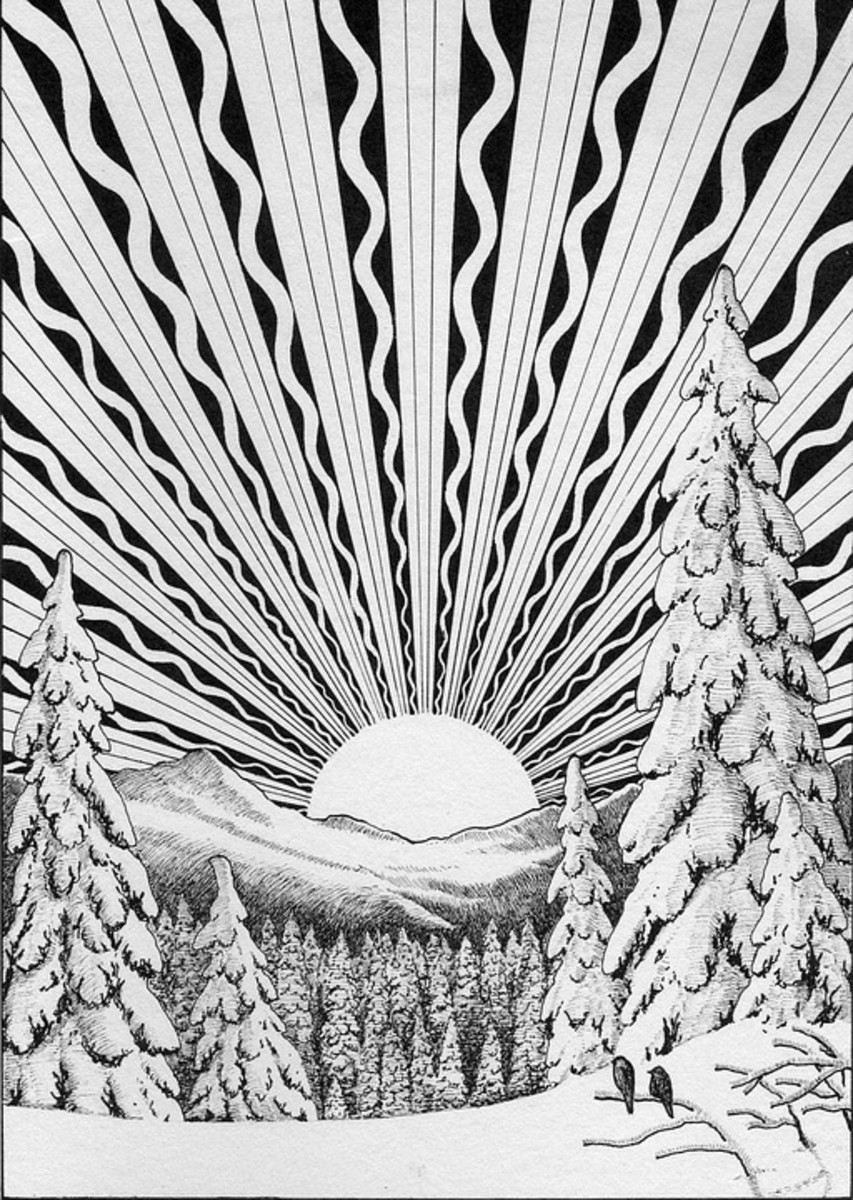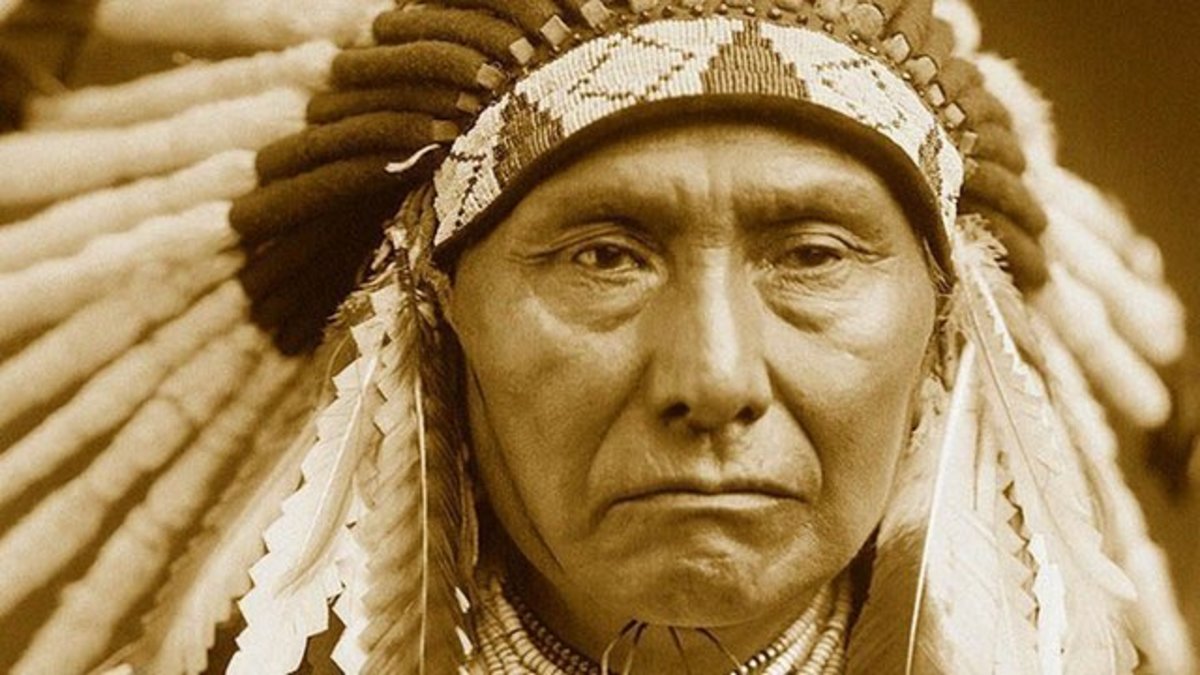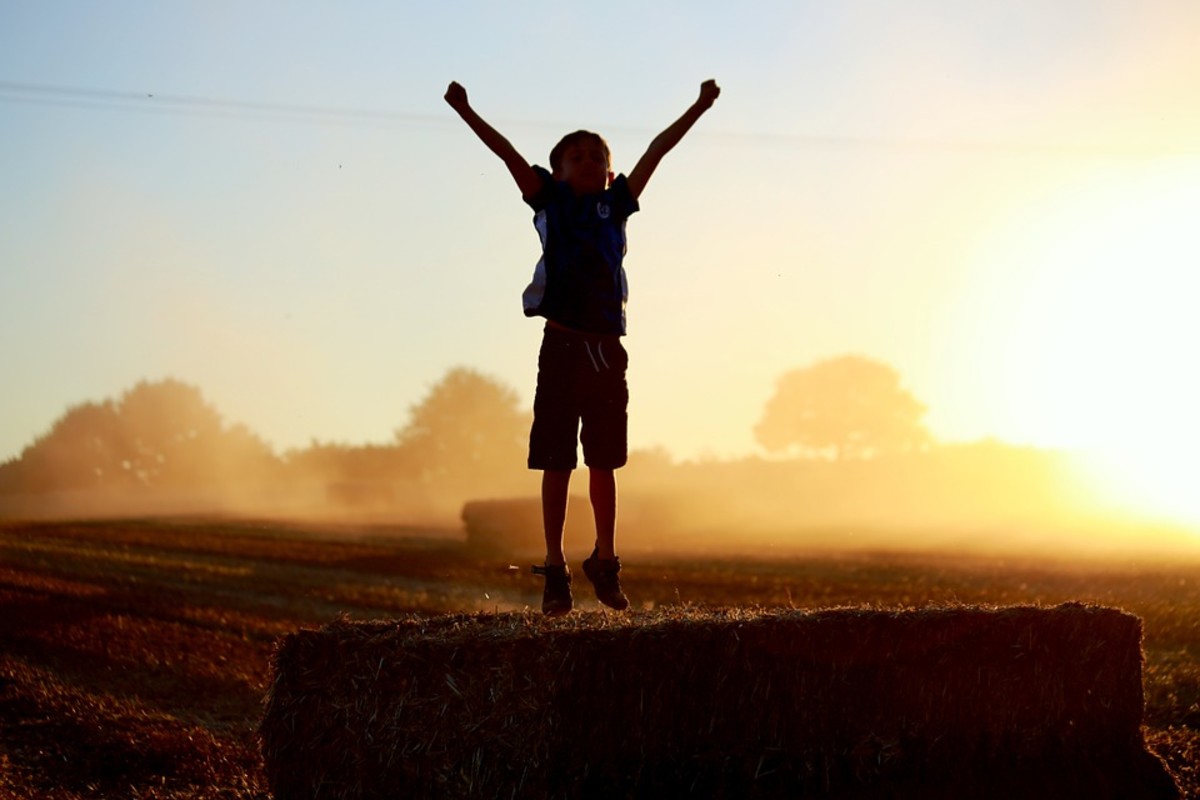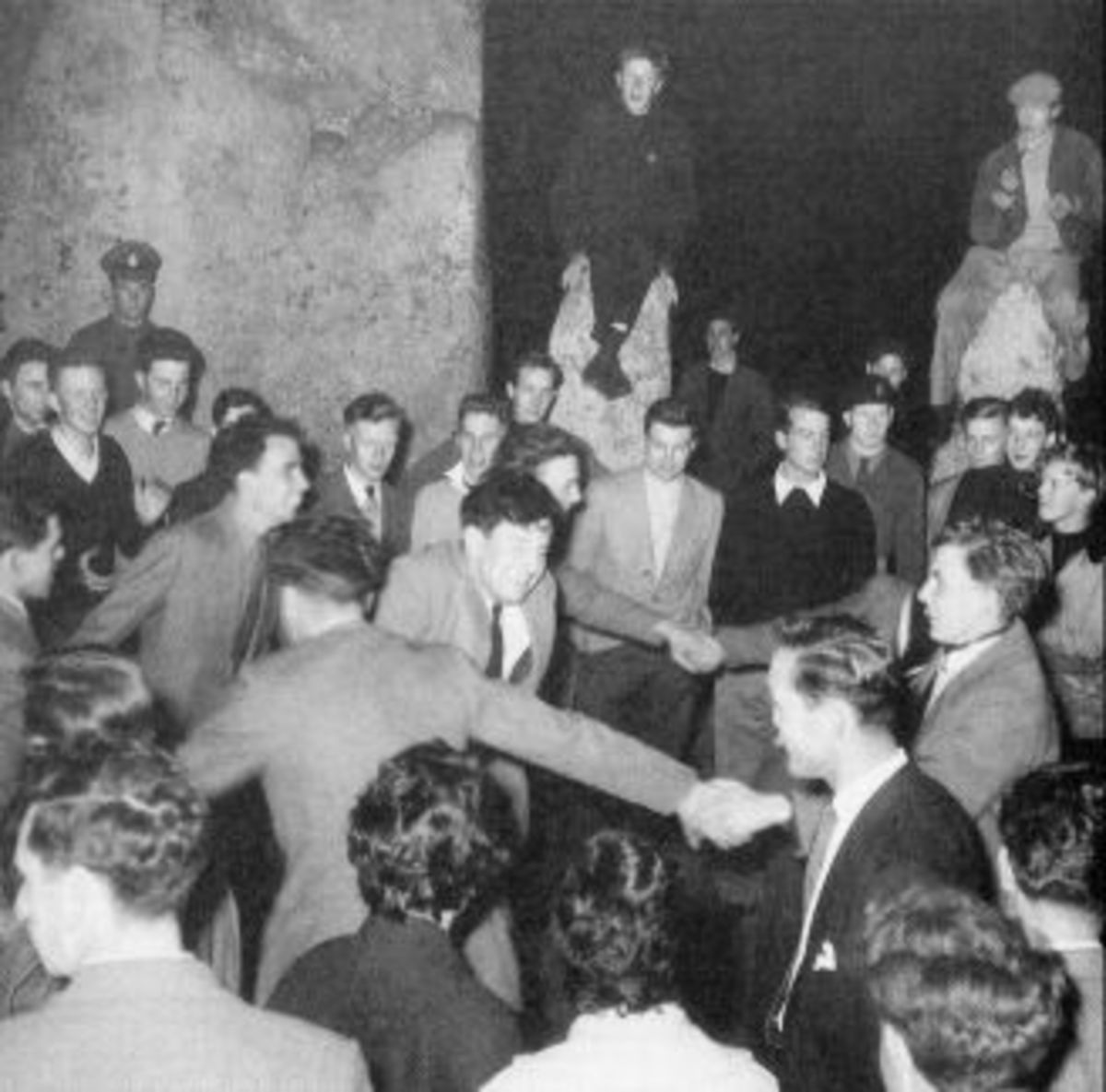Cultural significance of the winter solstice
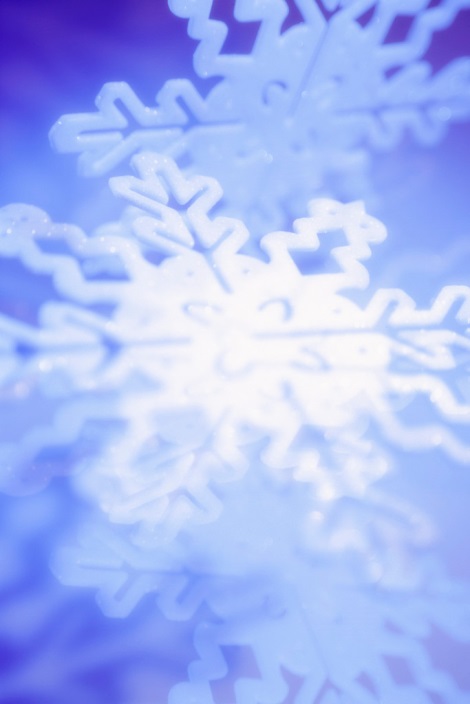
Astrologically, the winter solstice is around the 22nd of December in the northern hemisphere and around the 22nd of June in the southern hemisphere. The word “solstice” comes from the Latin “sol” (sun) and “sistere” (to cause to stand still). This is when the daylight hours are the shortest. It heralds the beginning of winter to most countries. In 2012, the December Solstice coincided with the end of the Mayan calendar. Many saw this as a prophecy of the end of the world.
Being the middle of winter, people have been sequestered inside of their homes, living on stored food, often unable to travel through bad weather. So the solstice signals a reversal of the situation and the step into the regrowth of the days and the land. Since prehistoric times, this is a time of hope – the loneliness will end and new life will begin.
Aborigines in the northern latitudes felt that the sun may eventually disappear, while the food stores became scarce, and wildlife to hunt even scarcer; they would be left in permanent darkness and extreme cold. But they noticed a slight change in the elevation of the sun after the solstice – usually around the 25th of December – and thus began the celebration of the solstice as the renewal of hope.
Ancient cultures have celebrated the winter solstice since then. In the United States, the Pueblo Indians celebrated the winter solstice. While rituals differed from pueblo to pueblo, the ceremonies were always built around the sun, celebrating the coming new year and the rebirth of vegetation. These rites included prayersticks, retreats, altars, emesis (vomiting) and prayers.
The Hopi had a similar celebration, which lasted twenty days called Soyal. This included making prayersticks, purification rituals, feasts, blessings, and it concluded with a rabbit hunt.
According to ancient Celtics, the Druids, the winter solstice represented the death of the old sun and the birth of the dark half of the year; this was celebrated by the rite of Alban Arthuan. This is the time that the Sun God learns the secrets of life and death while traveling through the underworld, and when he brings out those souls which will be reincarnated.
In ancient Rome, the celebration of Saturnalia (a feast for Saturn) lasted from December 17th to December 23. Discipline was suspended; grudges were forgotten; businesses, courts and schools were closed; wars were interrupted; and slaves were served by their masters. Gifts of imitation fruit (for fertility), dolls (a symbol of human sacrifice) and candles (symbolizing bonfires) replaced the more daunting pagan practices. Still, a mock king (usually a slave or criminal) was selected and allowed to do anything he wanted for seven days, only to be killed at the end of the Saturnalia. In 272 CE, Emperor Aurelian blended Pagan solstice celebrations of several gods and heroes of various religions into a single festival called the “Birthday of the Unconquered Sun”, to be celebrated on December 25. At the time, Mithraism (worship of the sun) was the leading religion, but Christianity was also making its marks in history.
In ancient Greece the ritual of Lenoea, the Festival of the Wild Women, was celebrated. Originally, a man representing Dionysus was literally torn to pieces and eaten by a gang of women; Dionysus would be reborn as a baby. By the Classical era this ritual was a little more civilized, with a goat sacrifice instead of a human, and women acting as funeral mourners and observers of the birth.
In ancient Egypt, the god Osiris died and was entombed on December 21st. "At midnight, the priests emerged from an inner shrine crying 'The Virgin has brought forth! The light is waxing" and showing the image of a baby to the worshipers.
The Norse god jol was the center of a pre-Christian solstice festival; this is probably the origin of the term “Yule” for that time of year. This is also the time of year celebrated by Wiccans as Alban Arthan, when the Sun God was reborn and days started having more light; this celebration lasted twelve days. In Scandinavia at this time, the Feast of Juul was observed; fires were lit in honor of Thor, with a Yule log or Juul log brought into the home; a piece of this log was kept for good luck and for starting the log of the new year.
In many European countries, the Yule log tradition included burning the log until it was only ashes; these were strewn in the fields every night until Twelfth Night.
In ancient Poland, the solstice was observed by forgiveness and the sharing of food. A very similar ritual is still practiced in Pakistan by the Kafir people, called Kalasha.
With the spread of Christianity and Judaism throughout the world, many pagan practices for the winter solstice became incorporated into religious holidays. These include holly, ivy, mistletoe, the yule log, dancing, lighting candles, a decorated evergreen tree, stage plays, giving gifts and magical reindeer. By looking back on history we can see the origin of such practices as the twelve days of Christmas. Whatever the guise in today’s world, the purpose is the same – to recognize the winter solstice as the end of a bad climate and isolation and the beginning of a warmer and friendlier world.
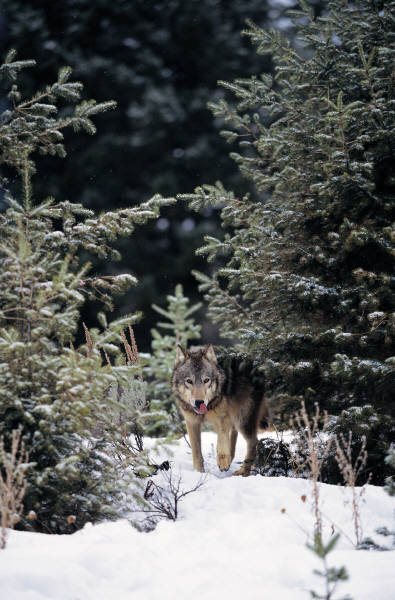
© 2014 Bonnie-Jean Rohner

